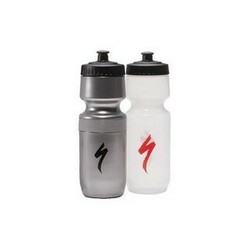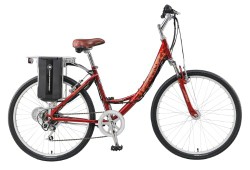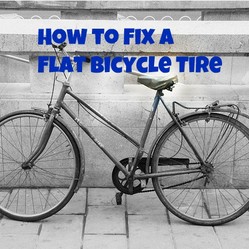Performance Loss
For most of us, cycling is an endurance sport. We do nightly rides, weekend rides, training rides and tours. Its a great way to see the world from a different perspective and an excellent way to stay in shape.
However, most cyclists suffer from a major dip in energy performance starting about an hour of exercise. You see, they go through the first half hour of exercise without drinking much water. By the time they notice that they are thirsty, they are already at a disadvantage.
A loss of 2% of body water will significantly cost you performance ability. And if you let it drop to 5% you will likely be suffering from at least a 30% drop in your ability to ride.
Heat Illness
Heat exhaustion, heat cramps, heat stroke, these are different variations of symptoms that clearly state someone has been working out hard in hot weather and has not been keeping the fluid uptake high enough.
When you cross into these boundaries, it is time to seek medical attention. Stop exercising, increase your fluids, get electrolytes into your body and, if necessary, seek an IV drip. Fevers of 106 degrees Fahrenheit are not a good thing.
Electrolyte Balance
A lot of the old exercise books I grew up on only stressed the importance of water without balancing the importance of electrolytes. It is imperative to keep enough of both in your system. After all, sweat contains both, so you are losing both when you exert yourself.
If you watch a major Tour such as the Tour de France, you will see that many of the cyclist's shorts are caked with white salt residue left behind by sweat. This is just an example of what your body is suffering from as you exercise.
How much Water Should I Drink?
Here's the real question, and it is one that you may have to answer for yourself. For most people, you will need to drink at least 20 oz (one regular-sized water bottle) every hour. Other will find that they need a lot more fluid in order to stay hydrated.
For example, I normally went through 2 bottles an hour, and my preference was to use one bottle of straight water, and one with an electrolyte substance in it. So, for a two-hour bike ride I would carry two water bottles on my bike frame and two in the back pocket of my jersey.
The main think is to start drinking early. I drink a lot of water before I start riding, and then I also begin to start sipping water at about 20 minutes into a ride. No matter how much water you drink, it is hard to stay ahead of your body's need.
Just don't drink so much that you puke. (Hey, it happens)





 Dealing With Dogs When Running and Cyclingon 06/13/2012
Dealing With Dogs When Running and Cyclingon 06/13/2012
 Lock Laces For Triathleteson 06/13/2012
Lock Laces For Triathleteson 06/13/2012
 Kuat Alpha Bike Rack - Best Hitch Bike Rack?on 05/20/2012
Kuat Alpha Bike Rack - Best Hitch Bike Rack?on 05/20/2012


Comments